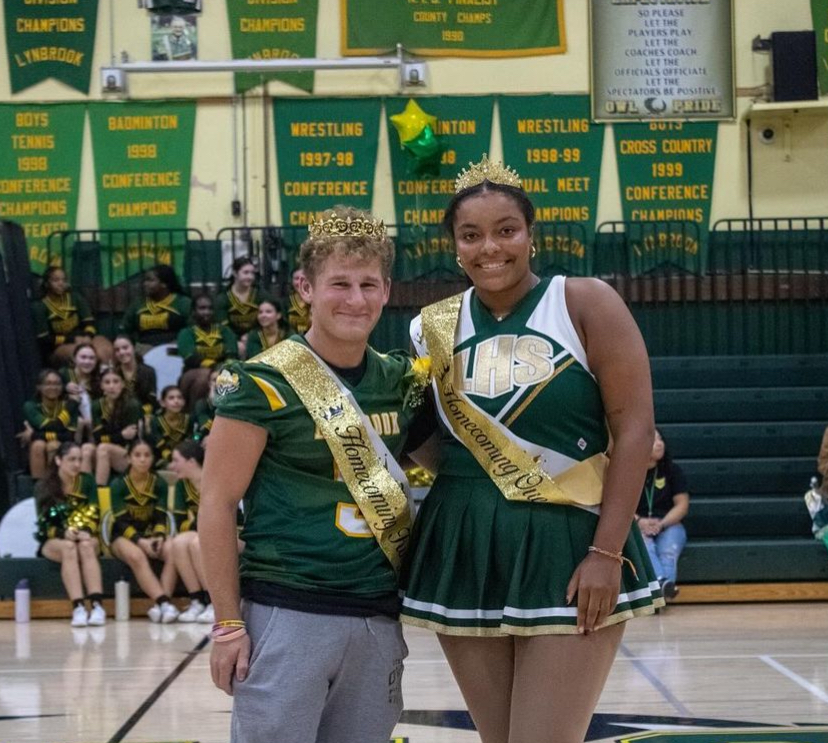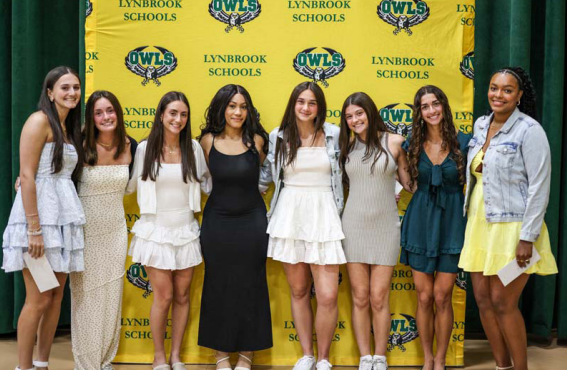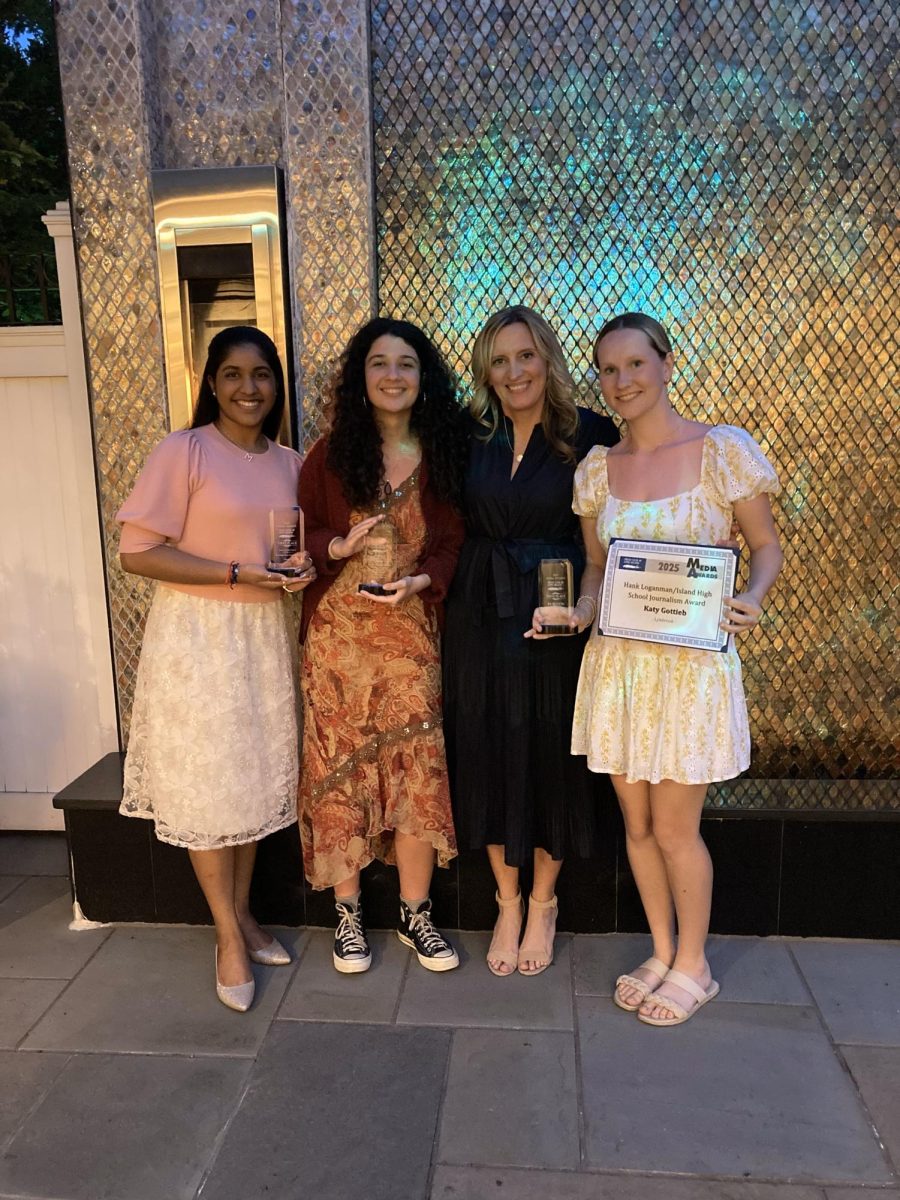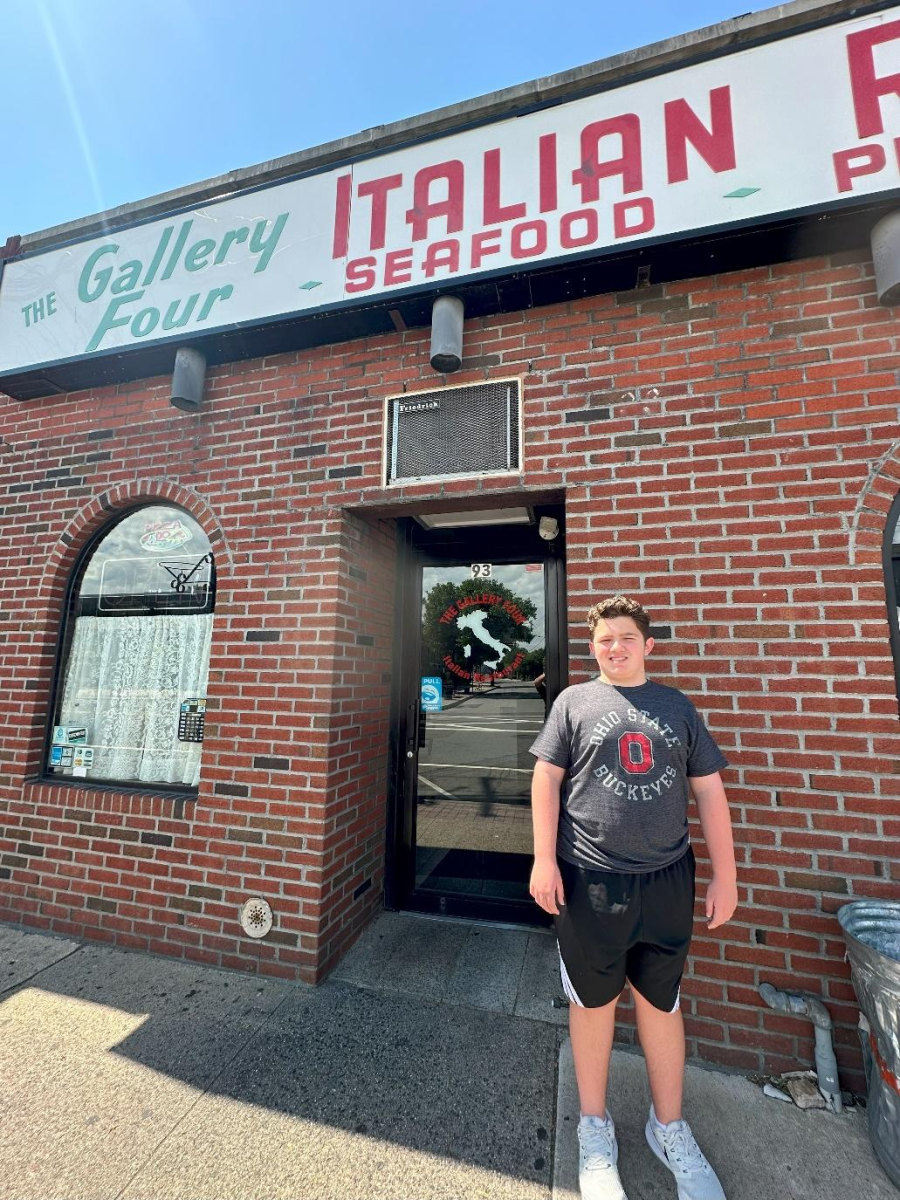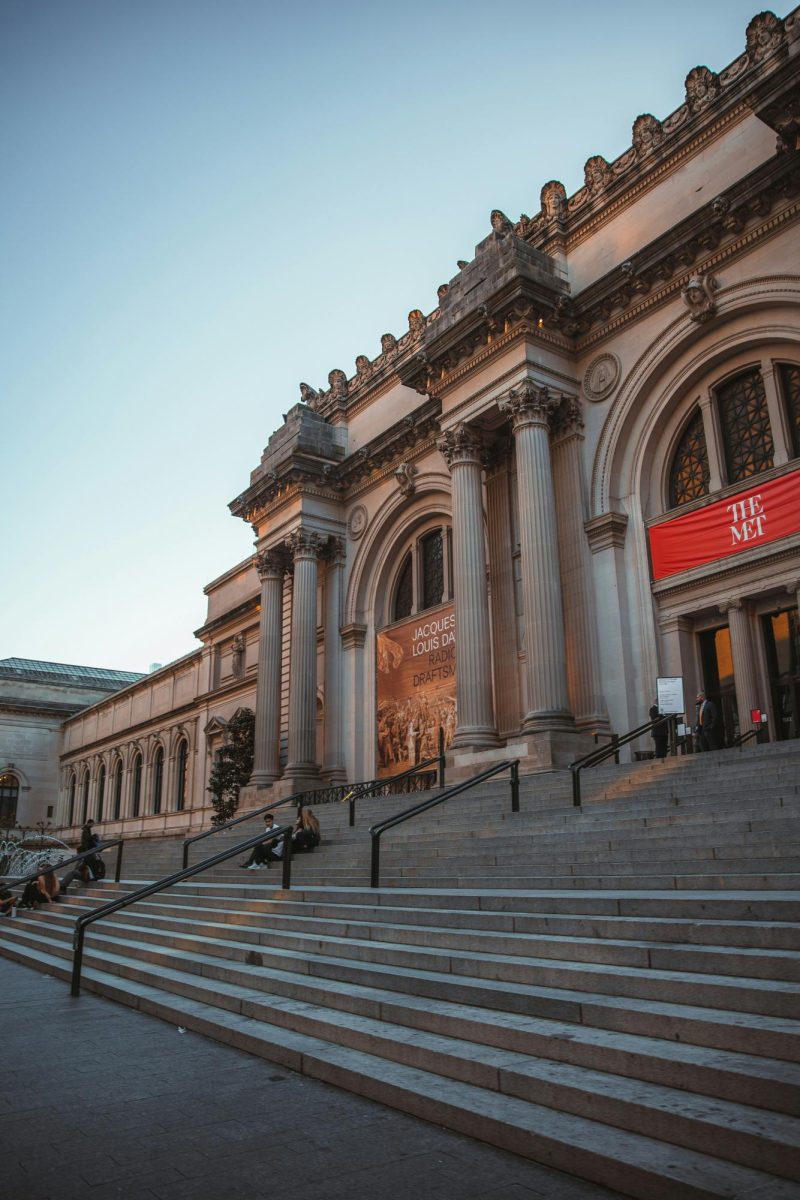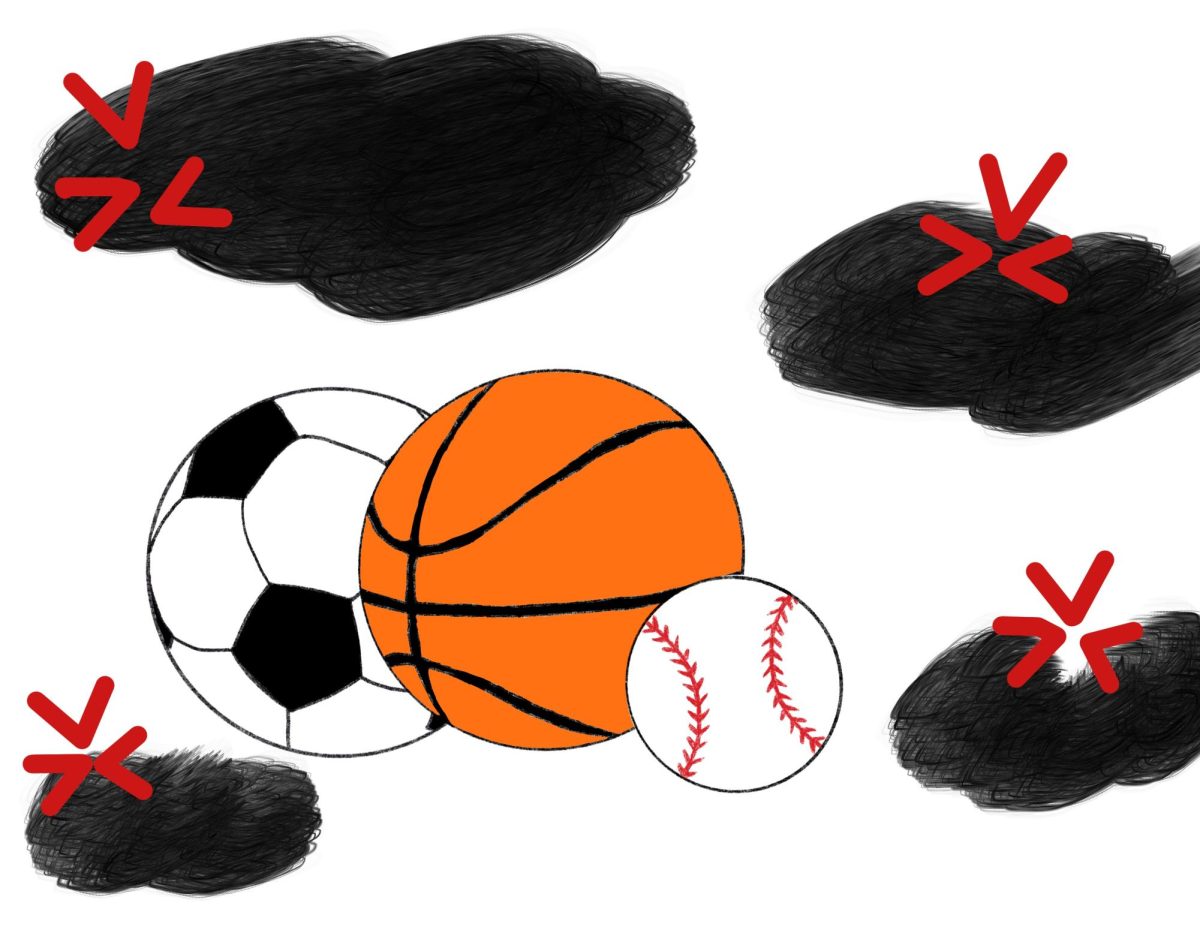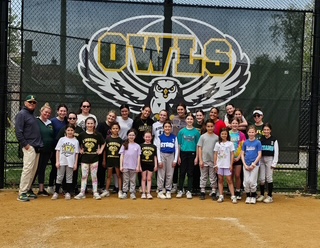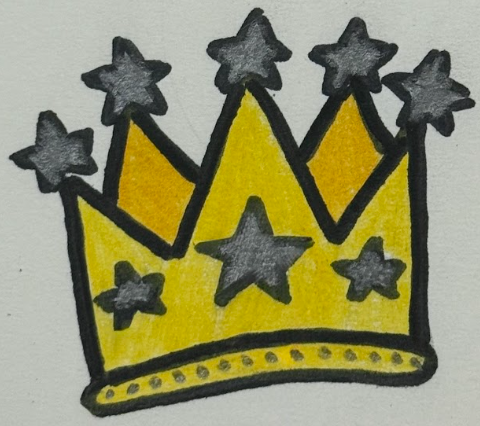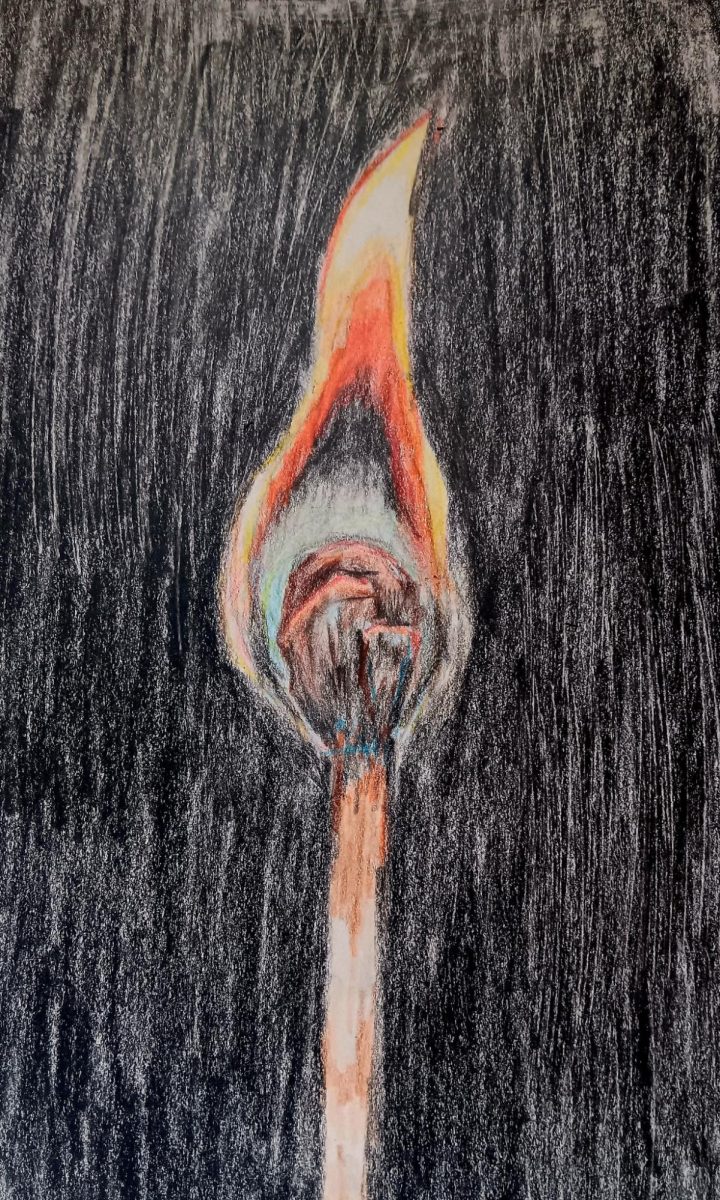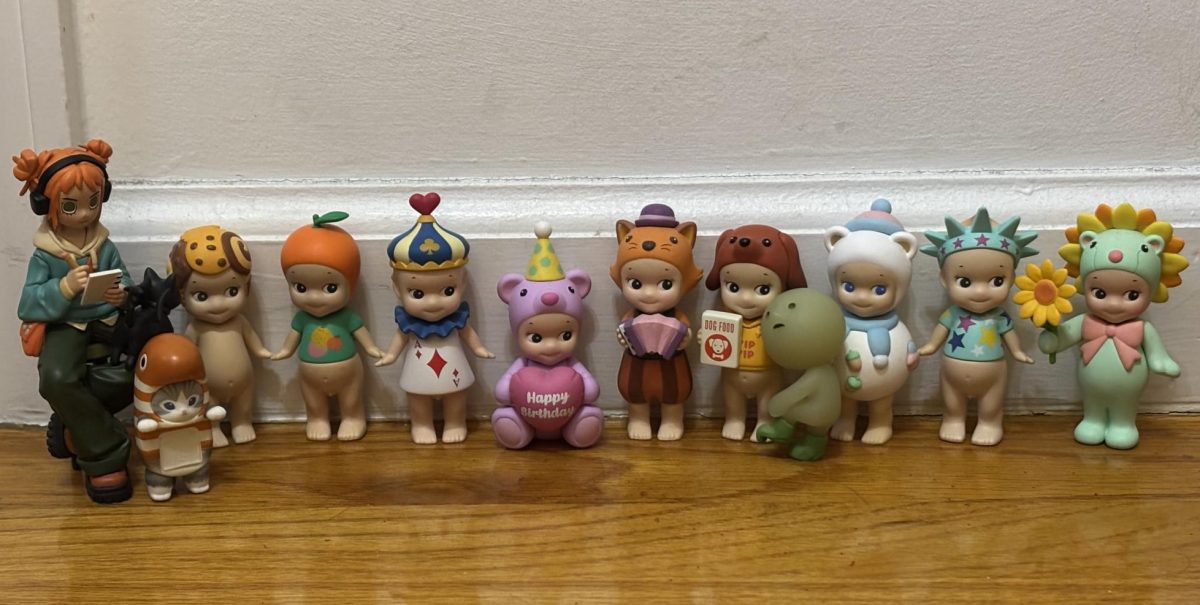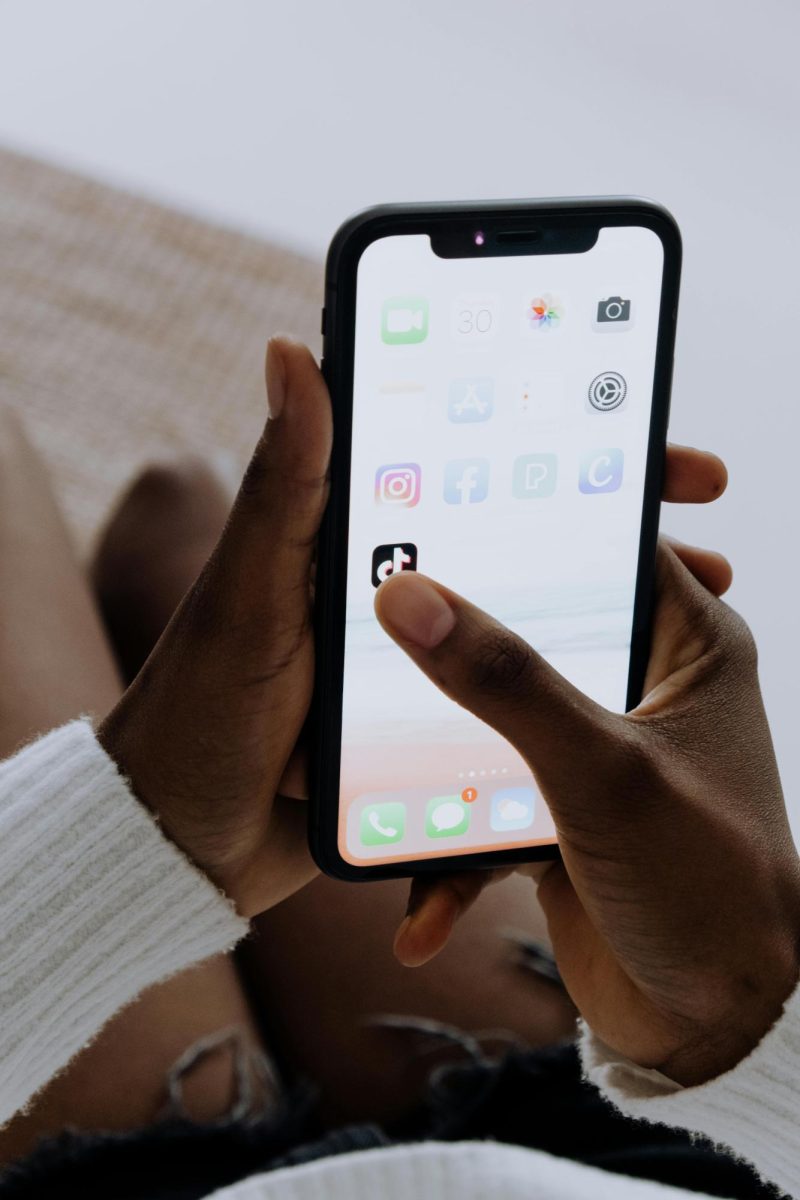In an era defined by uncertainty and economic precarity, few consumer trends have captured the collective imagination quite like blind boxes. Small figurines like Labubus, Sonny Angels, Smiski, and Skull Panda are taking over by storm. They arrive in hidden, sealed packaging, offering a surprise upon unboxing. From Gen Z collectors to nostalgic Millennials, people across the globe are spending significant sums on these itty-bitty characters. But what might seem like a whimsical hobby on the surface speaks to deeper cultural and economic implications shaped by capitalism and modern emotional life.
Blind boxes are collectible toys sold in concealed packaging, meaning buyers do not know which specific figure they are purchasing until after opening it. This element of surprise is a deliberate marketing strategy that taps into the psychology of gambling, dopamine release, and anticipation. Often they are themed around cute, absurd, or surreal aesthetics, such as the animal-hat-wearing Sonny Angels, the furry bunny-monsters that are Labubus, or the round and green guys with no emotion such as Smiski. These collectibles often come in sets that encourage repeat purchases to complete a full series. While blind boxes may appear innocent or childlike, they are a product of a sophisticated capitalist machine. The appeal of randomness encourages consumers to keep buying in search of their “grail” figure, the rare or limited-edition item. This loop resembles the logic of loot boxes in video games or even gambling, a potentially endless cycle of spending driven by the promise of emotional reward.
Pop Mart, one of the most successful blind box companies, is a billion-dollar enterprise that went public in 2020. It has turned emotional impulse into a reliable revenue stream. Each collectible is priced modestly (usually between $10 and $20, unless it is a rare one that may range from $50 and up), making it accessible enough to feel like a treat, but costly enough that amassing full sets becomes a financial commitment. It is also addictive. I have become victim to blind boxes such as Sonny Angels because of how adorable they are. Junior Molly Schutzman said, “I really like Sonny Angels because you can actually do something with them. You can buy the hippers and put them on your phone, in your car, literally anywhere. They’re just so adorable, and I love that they’re little babies!” Like fast fashion or mobile games, blind boxes operate on a volume-based, high-consumption model, where shortages and originality drive repeated purchases. What makes blind boxes more than just a commercial trend is the emotional attachment consumers form with them. In a world marked by job insecurity, housing crises, and social discontinuity, the small joys of collecting cute, comforting items offer a sense of control, predictability, and satisfaction. The aesthetics, soft pastels, big eyes, small forms, tap into kawaii culture, evoking childhood innocence and offering a psychological escape under pressures of adult life under late capitalism.
For many, the ritual of opening a blind box becomes a form of self-care. Junior Nicholas Sferrazza said, “The anticipation of opening up a blind box makes it so much more exciting for me. When I get a figure I don’t like, it disappoints me, but it just makes me want to buy more and more. When I get the one I wanted, it’s like a serotonin boost. It’s honestly an addiction.” It is a moment of anticipation and surprise in a world where so much feels repetitive or hopeless. It is no coincidence that the popularity of blind boxes surged during and after the Covid-19 pandemic when people were isolated, anxious, and seeking moments of joy and connection, even if it came in the form of plastic toys.
There is an ongoing debate about whether blind box collecting is a benign pastime or a symptom of exploitative capitalism. People argue that the model encourages overconsumption, waste, and addiction. Junior Sofia Michelakos said, “ I think it’s a fun hobby, but at the same time, I’m aware that it is a waste of money and plastic. It’s fun to try to get [Sonny Angels] and hope that it’s the one you want when you open them. But, the downside is that it’s a bit pricey.” The rarity mechanics create a tiered system of value that mirrors broader capitalist hierarchies. Some toys become worth hundreds on resale markets, while others are dismissed as “commons”, a miniature version of wealth inequality in plastic form. According to Our World in Data, since 2019, there is about 459.75 million tons of plastic waste on earth. It is a huge problem and has been going on for centuries. At the same time, blind box culture fosters community. Fans trade duplicates, share unboxing videos, and attend Pop Mart pop-ups as a form of social engagement. This sense of belonging should not be dismissed. In a society where many people feel alienated, these communities, even if built around consumer goods, can provide meaningful connection.
The rise of blind boxes is more than a retail phenomenon. It reflects how capitalism adapts to emotional needs and how consumers find comfort in curated uncertainty. These tiny toys represent both a critique of and a coping mechanism for life under late capitalism, a glittery, pastel colored paradox of indulgence, resistance, and hope. As many modern trends, blind boxes are neither entirely good nor bad. They exist in the gray space between escapism and being just a waste of plastic. Maybe that is why they resonate in our complex, uncertain world.

